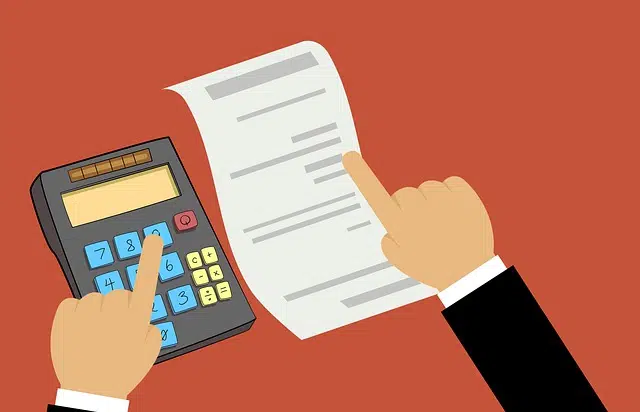
Accounts receivable are made up of promissory notes, credit instruments and bills of exchange.
Accounts receivable is the name of the account where increases and cuts linked to the sale of items other than products or services are recorded. This account is made up of bills of exchange , credit titles and promissory notes in favor of the company.
Accounts receivable, therefore, give the organization the right to demand payment of the documented debt from the subscribers of the receivables. This is a future benefit credited to the account holder.
Types of accounts receivable
Among accounts receivable, we can speak of accounts receivable from the client (when the client takes credit with the company ) and accounts receivable from employees and officials (they record salary advances and other criteria). Another distinction between accounts receivable is given by the time in which said credit can be converted into cash ( short-term accounts receivable , long-term accounts receivable , etc.).
In the latter case, it is interesting that we learn more about some of the nuances of this type of accounts receivable. Thus, for example, we could determine that long-term ones are those that are identified by the fact that their availability is for more than one year. All this without forgetting that, when presenting itself, it is mandatory and necessary that it be done outside of what would be the total of current assets.
On the contrary, those mentioned above and which are called short-term accounts receivable are those whose availability is that which occurs in a period of less than one year. It is also important to know that when the presentation process has to be carried out, it has to be done within what would be the current assets relative to the financial situation of the corresponding entity.

Accounts receivable reflect future profits.
Part of the balance sheet
Accounts receivable are part of the organizations' balance sheet as part of their Credit or Credit , since over time they will become cash for the company.
In addition to everything we have explained so far, it is important to know that the accounts receivable process is basically made up of two fundamental phases or pillars. On the one hand, there is what would be billing, and on the other, payments.
It is essential to be clear that these accounts receivable that we are dealing with are important and require that the company have them perfectly noted and recorded. For this reason, it is common that, in many cases, audits are chosen to verify this action, which will carry out tasks such as verifying what would be the identity of bad debtors.
Accounts receivable and credit sales
Providing products or services on credit is one of the tools that companies have to retain current customers and attract new ones. These credits are reflected in the accounts receivable, even when they present different conditions and payment methods.
By managing accounts receivable, a company can expedite credit collection and analyze the cost-benefit of the modality.
